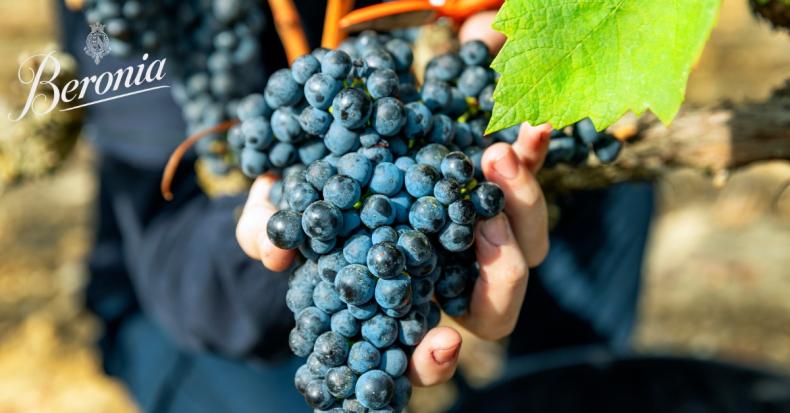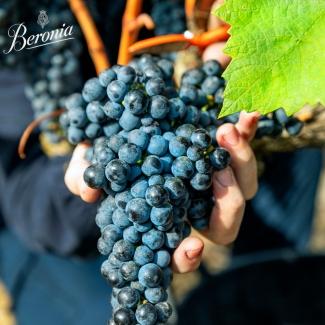Which Grapes Are Used In Rioja?
The most commonly used grape varieties in Rioja are Tempranillo and Garnacha for red wines, and Viura and Verdejo for whites. While other high-quality grapes are grown in the region – Mazuelo, Graciano, and Verdejo, for example – it’s Tempranillo, Garnacha and Viura that dominate Rioja’s wines.
Rioja: A Region Of Blends
In common with many of the world’s finest wines, the wines of Rioja are generally produced using a blend of grape varieties. This is particularly true of red Rioja, and while there are some superb single wines made solely from the likes of Graciano and Mazuelo, these are rare gems.
In this blog, we’ll provide a guide to Rioja’s grape varieties and explain how each contributes to making Rioja’s wines so special.
A Guide To Rioja’s Grapes
Tempranillo - pronounced temp-rah-nee-ho
Tempranillo is a world-class black grape variety that is at the heart of most of Rioja’s finest red wines. It gives deeply coloured, richly flavoured wines that are dominated by notes of blackberries, cherries, orange zest, spices, and dill. With its abundant fruit, excellent acidity, and ripe tannins, its wines often drink well young but can age and develop over many, many years.
Garnacha - pronounced as gar-natch-ha
Garnacha is a thin-skinned, relatively low-coloured, low-acidity black grape. Garnacha loves heat and so does well in Rioja. It produces wines that are soft, dominated by red cherries, strawberries, and cranberries with a gentle spiciness and a rich mouthfeel. Its character means it’s the perfect blending partner for Tempranillo, with which it creates many of Rioja’s greatest red wines.
Mazuelo - pronounced as math-wey-lo
Mazuelo is a fruity, pepper-tinted black grape that’s often used to add power and complexity to Rioja blends. Mazuelo often tastes of blackberries, black figs, and blackcurrants with a distinct note of black peppercorns. Its range of flavours means it is occasionally seen on its own as a varietal wine – that is, one that’s made from a single grape. Varietal Mazuelo Riojas can be extraordinary wines, as anyone who’s tasted the Beronia Mazuelo will know.
Graciano - pronounced as grass-e-arno
Graciano is a thick-skinned black grape variety that gives wines that are fresh-tasting, deeply coloured, and capable of ageing beautifully. It sometimes accounts for a small proportion of a red Rioja wine’s blend, where its inclusion adds freshness and zest. Its red-berry fruit is supported by black fruit tones such as blackcurrant, blueberry, plums, and black figs, with touches of spices and herbs that add depth and complexity. As with Mazuelo, Graciano is sometimes made into a fine varietal wine such as the wonderful Beronia Graciano.
Viura - pronounced as veera
Also known as Macabeo, Viura is a fresh-tasting white grape with a floral, citrusy aroma that’s frequently found in white Rioja. Its wines often taste of lemon and limes, green pears, honeydew melon and green herbs. Depending on the style of wine that the winemaker is looking to create, Viura-based wines can be oak-aged, which imparts a creamy hazelnut butter richness to the wine.
Verdejo - pronounced as ver-deck-ho
Verdejo is one of Spain’s greatest white grape varieties. Fresh, zesty, and clean, its wines tend to taste of citrus fruits with a twist of aniseed and leafy herbs. In white Rioja, it often teams up with Viura, while in other leading Spanish wine regions such as Rueda, it is seen as a refreshingly tangy varietal wine like the Beronia Rueda Verdejo.
Like to Know More About Rioja?
We hope this guide to the red, white and rosé grapes of Rioja has been interesting. If you’d like to know more about the wines of Rioja, from which foods to pair with them to finding out what makes the region’s wines unique, you can keep exploring via the Beronia Rioja blog.




